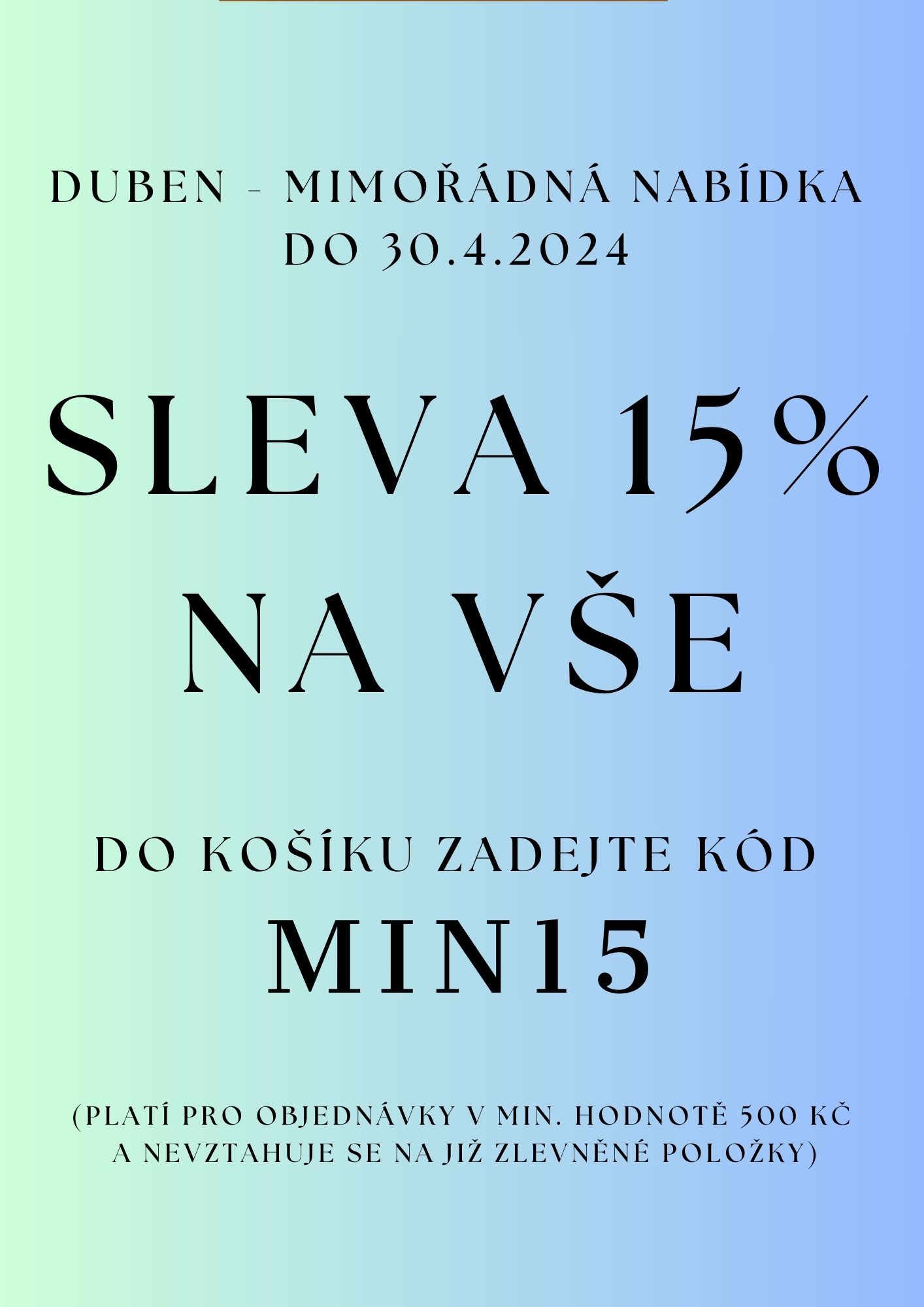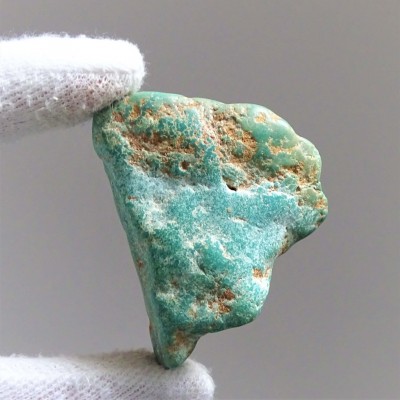

|
COOKIES SETTINGS |
Přijmout všechny cookies Personalizovat |
| Přijmout zvolené cookies |






Natural turquoise - raw partially polished with rock
Weight: 67 g
Dimensions: 5.61 x 3.40 x 2.39 cm
Color: turquoise green
Country of origin: Arizona, USA
You are buying the mineral shown in the photo. Stone colors may be slightly distorted by the monitor used.
Turquoise is a dull blue-green mineral, chemically tetrahydrate tetrakis (phosphate) octakis (hydroxide) or copper-CuAl6 (PO4) 4 (OH) 8.4H2O tetrahydrate. It was known by many names, but only the name turquoise, which comes from the French Turques, was used, which was a designation for the Turks, because this stone was originally brought from Turkey to Europe from historical Persian sites. Pliny the Elder referred to this mineral as Callait, and the Aztecs knew it as Chalchihuitl. It is a secondary mineral formed in the subsurface parts of rocks rich in water and with an increased content of copper and phosphorus in sediments, especially in sandstones. It is of magmatic origin in volcanics rich in cavities, which it likes to fill.
It is a very rare and valuable mineral that has been used as a gem and decorative stone for thousands of years. It owes its popularity to its extraordinary color, which is caused by the admixture of copper. The Aztecs inserted turquoise, along with gold, quartz, malachite, jadeite, coral, and conch shells, into probably ceremonial mosaic objects such as masks (some with a human skull as a base), knives, and shields. Natural resins, asphalt and wax were used to join the turquoise to the base material, which was usually wood, but they also used bones or shells. In Persia, turquoise has been a national stone for millennia.

Natural turquoise - raw partially polished with rock
Weight: 67 g
Dimensions: 5.61 x 3.40 x 2.39 cm
Color: turquoise green
Country of origin: Arizona, USA
You are buying the mineral shown in the photo. Stone colors may be slightly distorted by the monitor used.